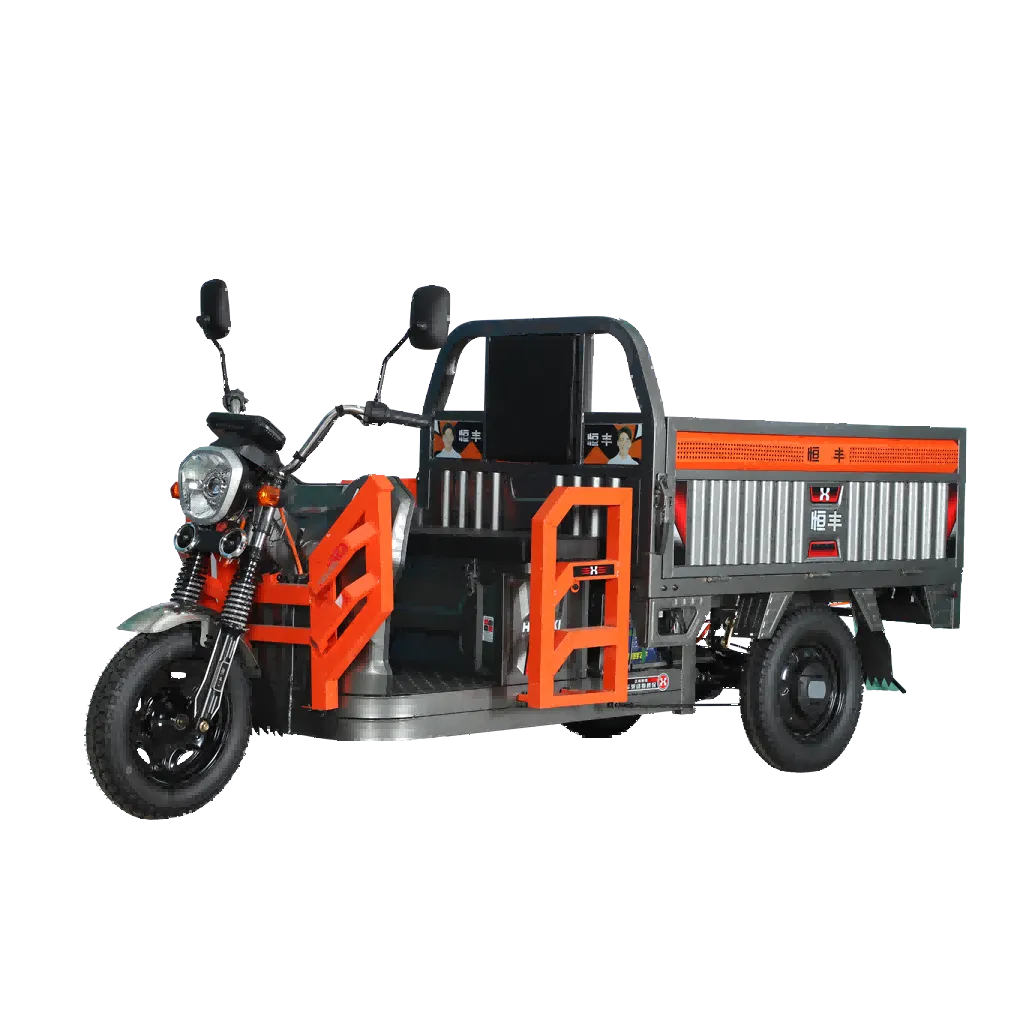Understanding the Benefits of Modern Adult Tricycles
Tricycles have evolved significantly from simple children's toys to sophisticated mobility solutions for adults of all ages. These three-wheeled vehicles offer unprecedented stability, comfort, and versatility for riders seeking a reliable means of transportation and exercise. Whether you're looking to maintain an active lifestyle, need additional support while cycling, or simply prefer the security of three wheels, a tricycle can be an excellent investment.
The growing popularity of tricycles stems from their unique combination of features that cater to diverse user needs. From seniors seeking a low-impact exercise option to commuters wanting a stable riding platform, tricycles provide an accessible cycling experience that traditional bicycles cannot match. The key lies in selecting the right tricycle that aligns with your specific requirements and lifestyle preferences.
Essential Features to Consider When Choosing a Tricycle
Frame Design and Construction Materials
The foundation of any quality tricycle begins with its frame. Modern tricycles typically feature aluminum or steel construction, each offering distinct advantages. Aluminum frames provide lighter weight and natural corrosion resistance, making them ideal for riders who need to transport their tricycle frequently. Steel frames, while heavier, offer superior durability and often provide a smoother ride by naturally absorbing road vibrations.
Frame geometry also plays a crucial role in rider comfort and handling. Look for a step-through design that allows easy mounting and dismounting, particularly important for riders with limited mobility. The frame should also provide proper weight distribution between the three wheels to ensure optimal stability during rides.
Wheel Size and Tire Selection
Wheel size significantly impacts your tricycle's performance and ride quality. Larger wheels (24-26 inches) generally provide better momentum and smoother rolling over obstacles, while smaller wheels offer increased maneuverability and lower center of gravity. The rear wheels should be properly spaced to provide a stable base without making the tricycle too wide for practical use.
Tire selection deserves careful consideration as well. Wide, pneumatic tires offer superior cushioning and grip, particularly important for comfort and safety. Some models feature puncture-resistant tires, reducing maintenance concerns and providing peace of mind during longer rides.

Comfort and Ergonomic Considerations
Seating Options and Adjustability
The seat is your primary contact point with the tricycle and plays a vital role in riding comfort. Look for models with wide, padded seats that provide adequate support for extended riding sessions. Adjustable seat positions allow you to find the optimal riding posture, reducing strain on your back and knees while ensuring proper leg extension during pedaling.
Many premium tricycles feature ergonomic backrests, adding another layer of comfort and support. This feature is particularly valuable for riders with back issues or those planning longer recreational rides. Some models even offer swivel seats, making mounting and dismounting even more convenient.
Handlebar Design and Controls
Handlebar configuration affects both comfort and control of your tricycle. Swept-back handlebars promote an upright riding position, reducing strain on wrists and shoulders while providing excellent visibility. Ensure the grips are comfortable and the brake levers are easily accessible without overreaching.
Consider models with adjustable handlebar positions to fine-tune your riding position. Some tricycles feature quick-adjust mechanisms that allow multiple riders to use the same vehicle comfortably. The steering should feel responsive yet stable, with enough resistance to prevent overcorrection.
Storage and Practical Features
Cargo Capacity and Storage Solutions
One of the major advantages of a tricycle is its inherent ability to carry cargo. Many models come equipped with built-in baskets or cargo areas, perfect for shopping trips or transporting personal items. Look for secure mounting points and consider the maximum weight capacity when evaluating storage options.
Some tricycles feature modular storage systems that can be customized based on your needs. From front baskets to rear cargo platforms, these accessories expand the utility of your tricycle while maintaining stable handling characteristics.
Safety and Visibility Features
Safety should never be compromised when selecting a tricycle. Essential features include reliable braking systems, preferably with independent controls for front and rear wheels. Integrated lighting systems, reflectors, and safety flags increase visibility to other road users, particularly important during low-light conditions.
Consider models with parking brakes or wheel locks for added security when stopped. Some tricycles also feature weather protection options like fenders and chain guards, keeping you clean and dry while protecting vital components from the elements.

Frequently Asked Questions
What weight capacity should I look for in a tricycle?
Most quality adult tricycles support between 250-350 pounds, including rider and cargo weight. However, some heavy-duty models can accommodate up to 400 pounds or more. Always check the manufacturer's specifications and choose a model that provides a comfortable margin above your requirements.
How much maintenance does a tricycle require?
Tricycles generally require similar maintenance to traditional bicycles, including regular tire pressure checks, chain lubrication, and brake adjustment. The additional wheel means slightly more attention to alignment and bearing maintenance, but modern designs minimize these requirements through sealed components and durable materials.
Can tricycles be used for exercise and fitness?
Absolutely! Tricycle riding provides excellent low-impact cardiovascular exercise while building leg strength and improving balance. The stable platform allows riders to focus on their workout without concerns about balance, making it an ideal choice for fitness routines, particularly for those recovering from injury or managing mobility issues.

